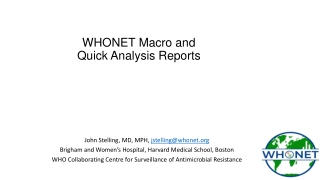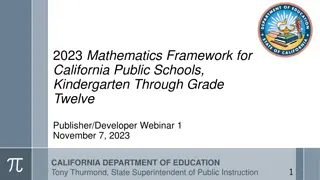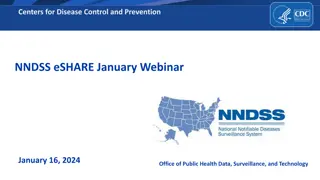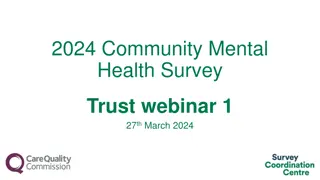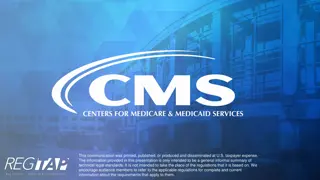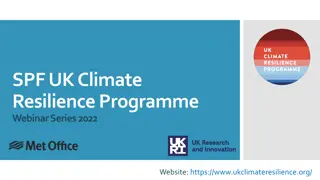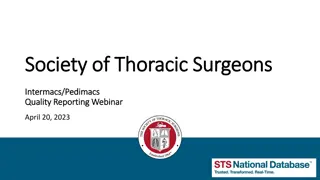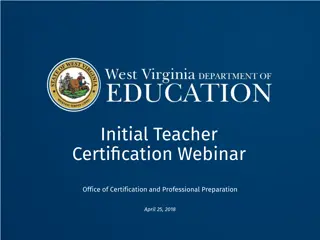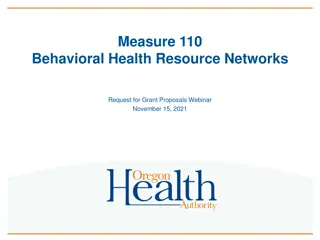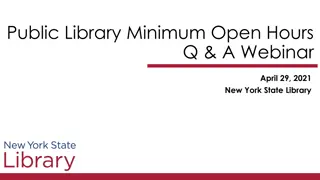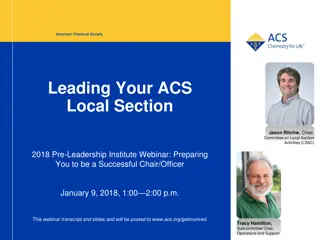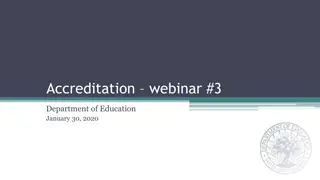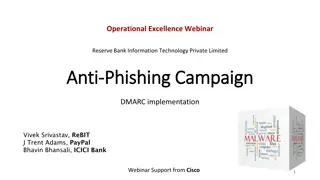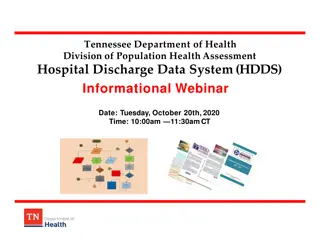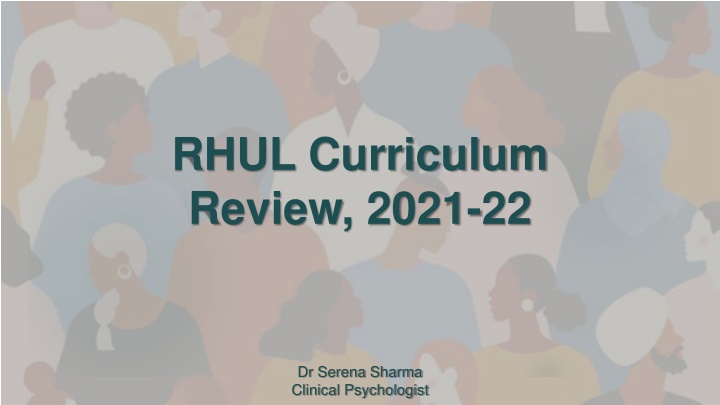
RHUL Curriculum Review 2021-22: Insights from Dr. Serena Sharma, Clinical Psychologist
Explore the insightful RHUL Curriculum Review for 2021-22 led by Dr. Serena Sharma, a Clinical Psychologist. Discover the process, findings, and recommendations emphasizing diversity, inclusion, and mental health education in the curriculum.
Download Presentation

Please find below an Image/Link to download the presentation.
The content on the website is provided AS IS for your information and personal use only. It may not be sold, licensed, or shared on other websites without obtaining consent from the author. If you encounter any issues during the download, it is possible that the publisher has removed the file from their server.
You are allowed to download the files provided on this website for personal or commercial use, subject to the condition that they are used lawfully. All files are the property of their respective owners.
The content on the website is provided AS IS for your information and personal use only. It may not be sold, licensed, or shared on other websites without obtaining consent from the author.
E N D
Presentation Transcript
RHUL Curriculum Review, 2021-22 Dr Serena Sharma Clinical Psychologist
Plan How the Curriculum Review came about The process Review findings and recommendations Discussion 2 RHUL Curriculum Review Dr Serena Sharma
Before we begin... My position my demographics, not an expert Transparent use of terms, no sugar coating Different levels of awareness: colonisation, learning how to think critically, unpick and deconstruct decolonising Work together to keep this a respectful space Would encourage contributions even if feeling unsure on how to word things 3 RHUL Curriculum Review Dr Serena Sharma
How it came about Health Education England (HEE) funding Curriculum Review Equality, Diversity and Inclusion 4 RHUL Curriculum Review Dr Serena Sharma
Curriculum Review Process Academic Team EDI Lead Diversity Working Group (DWG Trainees) Advisory Panel (Clinical Psychologists) Curriculum Review Trainee & speaker feedback about lectures EBE feedback about using services 5 RHUL Curriculum Review Dr Serena Sharma
Curriculum Review Process Framework developed for how to conduct the review liaised with Academic Team, Advisory Panel, DWG Created theme-level guidance for overall curriculum: Reviewed term by term, lecture by lecture, slide by slide (Induction, Term 1, Term 2) For the remaining terms, moved onto a topic level approach 6 RHUL Curriculum Review Dr Serena Sharma
Framework Does the lecture: Yes/No/Partly Acknowledge bias? Provide knowledge on diversity? Enhance diversity-related skills and practice? Encourage diversity-related reflection and self-awareness? Recommendations 7 RHUL Curriculum Review Dr Serena Sharma
Findings and Recommendations Mental health what does it all mean? 8 RHUL Curriculum Review Dr Serena Sharma
Diagnostic Manuals DSM-V and ICD-11: Developed within North American and European traditions of psychiatry Classification system using experts who have worked with various client groups A recognised need now to do more DSM-5-TR (Text Revision, 2022): https://www.psychiatry.org/File%20Library/Psychiatrists/Practice/DSM/DSM-5-TR/APA-DSM5TR- AttentiontoCultureRacismandDiscrimination.pdf https://www.psychiatry.org/File%20Library/Psychiatrists/Practice/DSM/APA_DSM5_Cultural-Formulation-Interview.pdf Acknowledge the power of Westernised medicine, psychiatry, psychology 9 RHUL Curriculum Review Dr Serena Sharma
Standardised Questionnaires What is the normative data for these? Are these questionnaires applicable to diverse populations, and cross-culturally valid? PHQ-9 OCI HAM-D HADS GAD-7 IES-R 10 RHUL Curriculum Review Dr Serena Sharma
Legislation Westernised medical professionals the power to subjugate and oppress minority individuals: Minorities are most likely to be misunderstood and misdiagnosed Minorities have faced and continue to face economic, opportunistic and educational hardship due to structural racism and a favouring of Whiteness Mental Health Act (1983) The Mental Capacity Act (2005) best interests 11 RHUL Curriculum Review Dr Serena Sharma
Models and Theories Who are we working with? (the person, the family, the wider system) The model of having 1:1 therapy what does it assume or teach? 12 RHUL Curriculum Review Dr Serena Sharma
Sociocultural context cannot be ignored when working with mental health Bring in this wider context from the start: Use it to guide the treatment plan, have it in every formulation Signpost to initiatives within the trust, organisations and charities that can help If an individual faces social injustice, marginalisation and discrimination and subsequently struggles with their mental health, where does the problem lie? Will simply 1:1 CBT help? 13 RHUL Curriculum Review Dr Serena Sharma
Broadening thinking Theories such as Bronfenbrenner s Ecological Systems Theory/(bioecological systems theory) can help: Individual development within the context of the complex system of relationships that form their environment. Environment into 5 different systems: the microsystem, the mesosystem, the ecosystem, the macrosystem, and the chronosystem Immediate (biology, family, school) and larger environment too (societal landscape) 14 RHUL Curriculum Review Dr Serena Sharma
Models From where/whom did they come? When using your model, acknowledge western and other biases, e.g., mainly white European and American male creators, American and Eurocentric epistemology: Systemic ACT CBT BA Psychodynamic 15 RHUL Curriculum Review Dr Serena Sharma
Models Evidence base How diverse were the samples used? How do we know that these models are applicable to our non-white, non-European/American clients? How can we use these models in a way that better suit a range of individuals, and is there any evidence showing this to be trialed? 16 RHUL Curriculum Review Dr Serena Sharma
Encourage research on diverse populations For research lectures, it would be useful to see some more diverse research examples, e.g., CBT treatment satisfaction across races/cultures. Incorporating such examples would model diversity-related research to trainees, which is important. Considering and critique the accuracy and ethics of using research which has normative data from a homogeneous population, on heterogeneous and diverse populations evidence base for models, neuropsychological testing. 17 RHUL Curriculum Review Dr Serena Sharma
Neuropsychology Eurocentric development, and reliant on the English language. Even when interpreters are used, English concepts and terminology can be foreign. Triangulation with interpreter: Attentional difficulties, time of recall, delivery. Diverse samples are not represented in the normative samples, which are WEIRD (Western, Educated, Industrialized, Rich, and Democratic). 18 RHUL Curriculum Review Dr Serena Sharma
Findings and Recommendations Working with clients 19 RHUL Curriculum Review Dr Serena Sharma
Vignettes Include vignettes that trainees are likely to come across, i.e., working with clients who are very different to them. This will enable reflection about how to assess, formulate and work with a range of people, and how to respectively and curiously learn from clients. Name the demographics in vignettes, e.g., say whether this case is a White British homosexual man or a Black Caribbean heterosexual female or a British Indian non-binary rather than just saying a name and a clinical presentation. It is not possible to provide an informed and strong formulation without demographics, as these are hugely influential factors to individuals identities, personal experiences and positions in society. 20 RHUL Curriculum Review Dr Serena Sharma
A note on Demographics Describe race, ethnicity and culture together, so as not to view race in a reductionist and over simplistic way e.g., white Polish and white English are very different, Black African and Black Jamaican are very different, brown Indian and brown Chinese are very different. 21 RHUL Curriculum Review Dr Serena Sharma
Encourage Reflection and Self-Awareness Ask trainees to reflect on how their own demographics/intersectionality may influence power and dynamics with the hypothesised clients. Invite trainees to reflect on how (not if) their bias shows up and help them to think about how they can incorporate this knowledge into formulation. This exercise also reinforces the need for direct exploration with the client about their individual context and belief systems. 22 RHUL Curriculum Review Dr Serena Sharma
Acknowledge that it is an assumption Culture is dynamic and always changing. Cultural assumptions are merely assumptions, therefore the only real way to gain cultural information about a client is by asking them. Show trainees that this is always needed during assessments and formulation, and help them to feel comfortable curiously and sensitively exploring aspects of diversity with clients, through modelling, role plays, group discussion and reflection. 23 RHUL Curriculum Review Dr Serena Sharma
Get Practical Incorporate role plays and exercises that help trainees to work with and reflect on with both difference and similarity. Do not assume that cultural matching (e.g., client with trainee) is helpful for the client i.e., a client may not want someone from their community to know about their mental/physical health, or the trainee may have a different interpretation of the same culture or religion. 24 RHUL Curriculum Review Dr Serena Sharma
Findings and Recommendations Language and Terminology 25 RHUL Curriculum Review Dr Serena Sharma
No Us [white] vs. Other When talking about difference do not assume that sameness is White British and difference is other : Avoid grouping together ethnic minorities as there is huge variation here Provide stats for all ethnicities not just White British e.g., 45% of the participants were White British . What about the other 55%? Avoid referring to non-white clients as culturally diverse . All clients are culturally diverse, not just non-white British clients 26 RHUL Curriculum Review Dr Serena Sharma
No Us [white] vs. Other There is an assumption throughout the curriculum that all trainees already know what white British culture is and this seems to be used as a standard : Idealising one culture is not inclusive It should not be assumed that White British culture is known by everyone who lives in the UK There is variation within the White British culture, as with any culture other demographics interact (e.g., class) 27 RHUL Curriculum Review Dr Serena Sharma
It is no issue! Avoid using the term culture issues or diversity issues embracing diversity is a privilege rather than an issue. 28 RHUL Curriculum Review Dr Serena Sharma
Tell it how it is When speaking about racism, specifically name racism rather than diluting it using alternative terms. Use the words racism , structural/systemic racism , racial trauma , internalised racism , etc. Diluting / not-naming reduces the issue of racism to something small or unimportant, which is easily considered offensive and unjust given the enormity of racism as an everyday problem. 29 RHUL Curriculum Review Dr Serena Sharma
Findings and Recommendations Content and Structure 30 RHUL Curriculum Review Dr Serena Sharma
If it is not on the slides, it never happened What do trainees/alumni look at to refresh their memory? Include anything related to diversity in references or notes of slide, in the main body of the lecture, etc. It deserves that importance! 31 RHUL Curriculum Review Dr Serena Sharma
Just an afterthought? Very important content around aspects of diversity is often chunked together right at the end of the lecture. This appears an afterthought/add-on, and makes the content appear tokenistic rather than authentic. Integrate this material throughout the lecture this will also help trainees to naturally and continuously consider diversity. 32 RHUL Curriculum Review Dr Serena Sharma
Include it None of us are experts You do not have to know everything about different races and cultures in order to discuss ethnic and cultural diversity. Creating a safe space and encouraging group reflection can sometimes be the most valuable, insightful and empowering part of a lecture for trainees. Providing the opportunity to learn and discuss is always better than not/staying silent. 33 RHUL Curriculum Review Dr Serena Sharma
RHUL Curriculum Review Questions and reflections? 34 RHUL Curriculum Review Dr Serena Sharma

